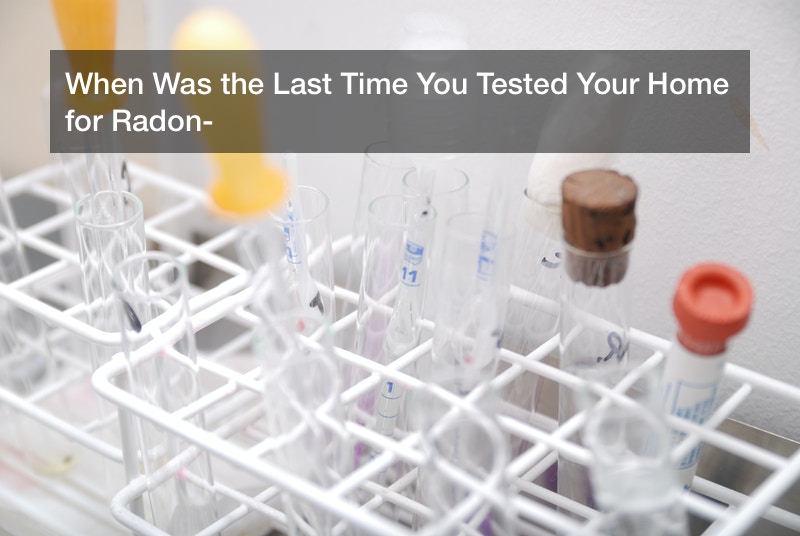
Radon mitigation and abatement efforts play important roles in making sure that your family is as safe as possible. Parents make efforts to be certain that their children are eating healthy meals, getting the right amount of exercise, and buckling up when they travel, but too often these same parents ignore a threat in their home that can cause substantial problems. Radon is an invisible gas that has neither a taste nor a smell. It can permeate a home without home owners being aware of its presence. In fact, the only time that many people find that radon is a problem in their home is when the get ready to sell.
Radon testing is required in many states for many specific kinds of loans, but families otherwise do not always check for this problem. If you want to know the level of radon in your home, however, you can easily get it checked by contacting any number of residential radon testing services. If detected, there are a couple of ways that the problem can be solved.
Identifying Radon in Your Home Is the First Step in Mitigating the Problem
With the latest radon abatement and mitigation services that are available parent can make sure that their home is safe today, not just when it is time to sell to another buyer. Homes in some states are more prone to radon problems, a condition that is caused by gases that are released from the soil. The latest research indicates that nearly one in 15 U.S. homes is estimated to have radon levels at or above the Environmental Protection Agency (EPA) action level. Fortunately, even passive systems of mitigation have been shown to be capable of reducing indoor radon levels by as much as 50%. When radon ventilation fans are added, however, radon levels can even be reduced further.
In some cases, residential radon companies will place a secure seal over a sump pump area, the space where most radon enters a home.
The U.S. Surgeon General has warned that radon is the second leading cause of lung cancer in America today. In fact, scientists estimate that lung cancer deaths could be reduced by 2% to 4%, or about 5,000 deaths, by lowering radon levels in homes exceeding the EPA’s action level.
